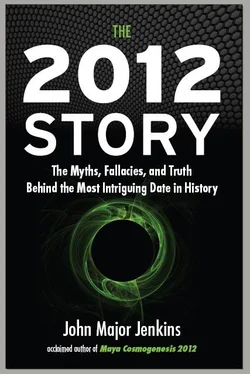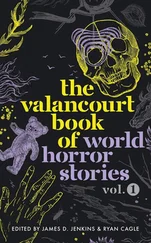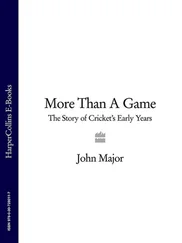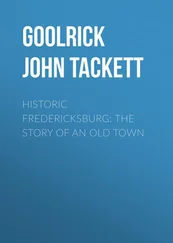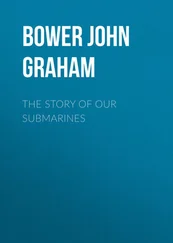My reading of Thompson and Maya cosmovision is much closer to statements made by modern epigraphers (those who decipher the glyphs) than one might suspect. Stephen Houston, for example, wrote about the relationship between the built environment and Maya beliefs, observing that the two define and reinforce each other like a mutually arising chicken and egg. He asked: “Is the cosmos ordered like a house or is the house ordered like the cosmos?” (This polarity can also be stated “does the microcosm reflect the macrocosm, or vice versa?” and effectively works with any pairs of opposites.) He answered: “The concept of reciprocal metaphor allows us to resolve such questions by acknowledging the indissoluble, almost playful association between semantic domains.” 28In other words, both domains are mutually arising. What Houston said here, cloaked a bit in abstract terminology, is that the Maya held to a nondual philosophy. Their worldview was informed by the mystical vision of the transcendence of opposites. This is both Gnostic and anagogical. Of course, when I say it bluntly it sounds offensive to academic ears; better to cloak it in sufficiently labyrinthine grammatical constructs so, like Thompson but unlike Le Plongeon, you won’t be accused of cavorting with Maya mystics.
Even today, discussion on the more ethereal achievements of the ancient Maya is likely to be scoffed at as a tiresome echo of Thompson’s dreamy stargazer sentiment. The tides shift over the decades in academia. There has been, on one hand, a tendency to see the ancient Maya as high-minded philosophers advancing human knowledge in ways comparable to those of the Greeks, Egyptians, and Hindus. Then, on the other hand, scholars dispense with such views of the ancient Maya (even if they are true) and instead focus on warfare, sacrifice, resource management, kingly power trips, and all the tangible nuts and bolts of running a civilization.
There’s a problem in how scholars emphasize certain facets of an ancient culture. A tendency to make them relatable to modern minds will emphasize characteristics that are recognizable in our own culture—a reflex called re ification. This ethnocentric tendency often wafts through fields of investigation unconsciously, and the impulse to identify the aspects of ancient Maya culture that we can relate to seems natural, a given. Scholars consequently do not try to shift their consciousness in order to perceive the unique traits of an ancient culture and are instead content to interpret it through the unmoving filters of their own paradigm’s values and assumptions.
Thus, a common idea in pop consciousness has been that the ancient Maya were barbaric, bloodlusting warmongers. This can be argued with specific examples from Maya history but shouldn’t be generalized and applied to Maya civilization as a whole. It is partly true in the same way that unprovoked wars launched by the United States, motivated by self-interest, have killed millions of civilians. But that doesn’t tell the whole story, as any high civilization will engage in an entire spectrum of activities, achievements, and motivations. Those who see the ancient Maya as warmongers are more likely than not engaging in a psychological shadow projection, denying their own ignorance and savagery and projecting it onto a handy “other.” The same kind of projection happens with 2012, which is turned into an apocalypse when the Maya, having a cyclic time philosophy, would never have thought about cycle endings in such a way. Many have projected the concept of the apocalypse onto 2012 when it was never there in the first place.
Thompson was willing to advance and defend the notion that the glyphs were more than just sounds, phonemes, or even signs that could be easily deciphered. He preferred the concept of metaphoragrams and believed, much like Goodman, that the hieroglyphs didn’t contain histories. The picture he painted of the ancient Maya was one of idealized stargazers philosophizing in towered observatories like the ancient Greeks. These views were eventually overturned, but at an early stage of his career he made his mark by decoding the correlation question, with the help of Goodman and Martínez. The correlation thus became known as the original GMT (Goodman, Martínez, and Thompson). By 1927 it was clear that the fabled zero date of the Long Count calendar could be located in mid-August, 3114 BC.
With this now in place and on the billboard for scholars to ponder over, we should expect that they would immediately calculate the Long Count periods using the free-floating tables Goodman published in 1897. A very significant Long Count period, documented on the Quiriguá monument Maudslay had found and Goodman commented on, is the 13-Baktun “Creation” cycle. And so we find, in Thompson’s article of 1927, a table that calculates the various Katun and Baktun endings, utilizing the unprecedented, slightly revised, Goodman correlation. 29The chart, unfortunately, ends with Katun 12.16.0.0.0, correlated to February 15, 1934 (original GMT). However, an astute reader could easily isolate the Baktun endings given on pages 19-21 of the chart and extrapolate the date of the great 13-Baktun ending:

Based on a simple visual assessment, the next date in the sequence, for 13.0.0.0.0, looks like it should fall on or about December 23, 2012 AD. And that it did, according to the original GMT correlation that Thompson was arguing for (later corrected to December 21). It’s hard to imagine that this projection was never performed, and how Thompson or other scholars might have speculated on what it might mean for the 13-Baktun cycle to end near a solstice. There are no essays or articles that I am aware of that reveal any brainstorming along these lines. The reason why, I believe, is twofold. First, the original GMT correlation still needed to be revised two days, which occurred by 1950, only then effectively bringing the end-date into exact congruence with the solstice on December 21. Without this, scholars may have calculated the 13-Baktun cycle end-date but, seeing it fell on December 23, dismissed it as irrelevant. In addition, it wasn’t until 1930 and then 1934 that Thompson contributed more-detailed arguments to the correlation question. By then the depression was in full swing; everyone’s minds were on other things, perhaps.
The second reason is, I believe, the real culprit, and it involves a conceptual bias in how scholars tended to treat the Maya calendar. The bias would have had all the support of the conventional attitudes of Western science and the Judeo-Christian worldview. Science says that time flows from past to future, that all events are the effects of previous causes. This model of causality rejects the idea that future states might define the events that are being drawn toward that future state. This is called teleology, anathema to scientific causality. It’s more welcome in the discourses of philosophy, and philosopher Alfred North Whitehead is the best-known proponent of the idea, which was adopted by Terence McKenna.
Judeo-Christian time philosophy is linear; Creation happened a long time ago. An inherently different time concept, which is evident in Mesoamerican calendars and cosmology, has been largely overlooked by scholars: the cyclic time philosophy that sees past and future Creation events being analogically united during cycle endings. The idea that ancient Maya calendar makers were projecting into the future, to target a future event, is also supported by two observations: In Maya thought the important event, such as birth, happens at the end of a time process—in this example, the end of a 260-day interval during which embryogenesis occurs. Second, end naming is used in the Long Count such that a given period is named by its last day. For example, we are currently in the 4 Ahau Katun because its last day falls on 4 Ahau.
Читать дальше
